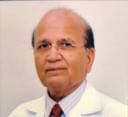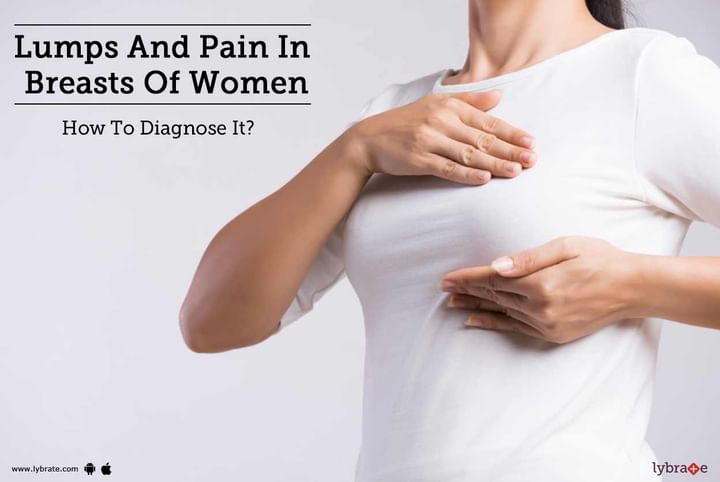Lumps And Pain In Breasts Of Women - How To Diagnose It?
Palpation of a lump in the breast can be a frightening experience. 'Cancer' is the first thing that comes to mind. Apart from cancer, breast lump can be non-malignant or result of injury or infection. The simple way to correctly diagnose the cause of a lump in the beasts is sonography of the breast & needle biopsy (also known as FNAC - Fine Needle Aspiration Cytology) if necessary. From here on, treatment will depend on the cause identified.
Mastitis or Breast Infection:
Mastitis is a painful swelling of the breast often faced by women who are breastfeeding. It must be investigated by gynecologist or surgeon to rule out cancer. It can be treated with antibiotics and/or anti-inflammatory drugs. Massaging the breast while taking a warm shower or applying a warm compress helps to open up the milk ducts and should be followed by nursing the baby or using a breast pump to relieve the swelling and pain.
Painful lump can also developed just before the periods. They respond to anti-inflammatory drugs.
Abscess (Collection of pus):
Antibiotics are the first line of treatment against an abscess but this is effective only if given in the initial stage of the infection. In later stages, an abscess will need to be surgically drained to remove pus.
Fibroadenomas:
This is a non-malignant tumour often found in young women. It may be difficult to distinguish between a Fibroadenoma and a cancer and hence these are usually advised to be removed after doing sonography or mammography.
Fibrocystic Changes:
In some cases, the breast itself is composed of knotted, rope like tissue. This is known as having fibrocystic breasts. If a new lump presents itself on fibrocystic breasts, a mammogram and an ultrasound are performed to evaluate the lump. In most cases fibrocystic changes do not require any surgery. Painful lumps are treated with medications.
Breasts Cysts:
Cysts can be defined as fluid filled cavities which present as lumps. In some cases, these cysts become apparent at the time of ovulation and disappear after the period. In other cases, it may need to be drained with a thin needle. Cysts often recur and need to be treated surgically.
Fat Necrosis and Lipoma:
Fat necrosis is a lump caused by an injury to the fatty tissue in the breast. Lipoma is a tumor of the fat in the breast. In both these cases, no treatment is required but if it causes any problems, it can be removed.
Breast cancer is suspected clinically if there are signs such as a dimpling of the overlying skin, retraction or distortion of the nipple or an areola, reduction in the size of the breast , enlarged axillary lymph nodes. Clinical suspicion is confirmed by mammography or sono-mammography and fine needle aspiration cytology (FNAC).
Reports of FNAC could be available on the same day or next day. If FNAC reveals presence of breast cancer you must consult a surgical oncologist. Treatment options for breast cancer include breast conservation surgery or modified radical mastectomy (removal of the breast and axillary lymph nodes), radiation therapy, chemotherapy and hormonal therapy depending on the size of the tumor, tumor markers, spread of the cancer and preference of the patient.



+1.svg)
